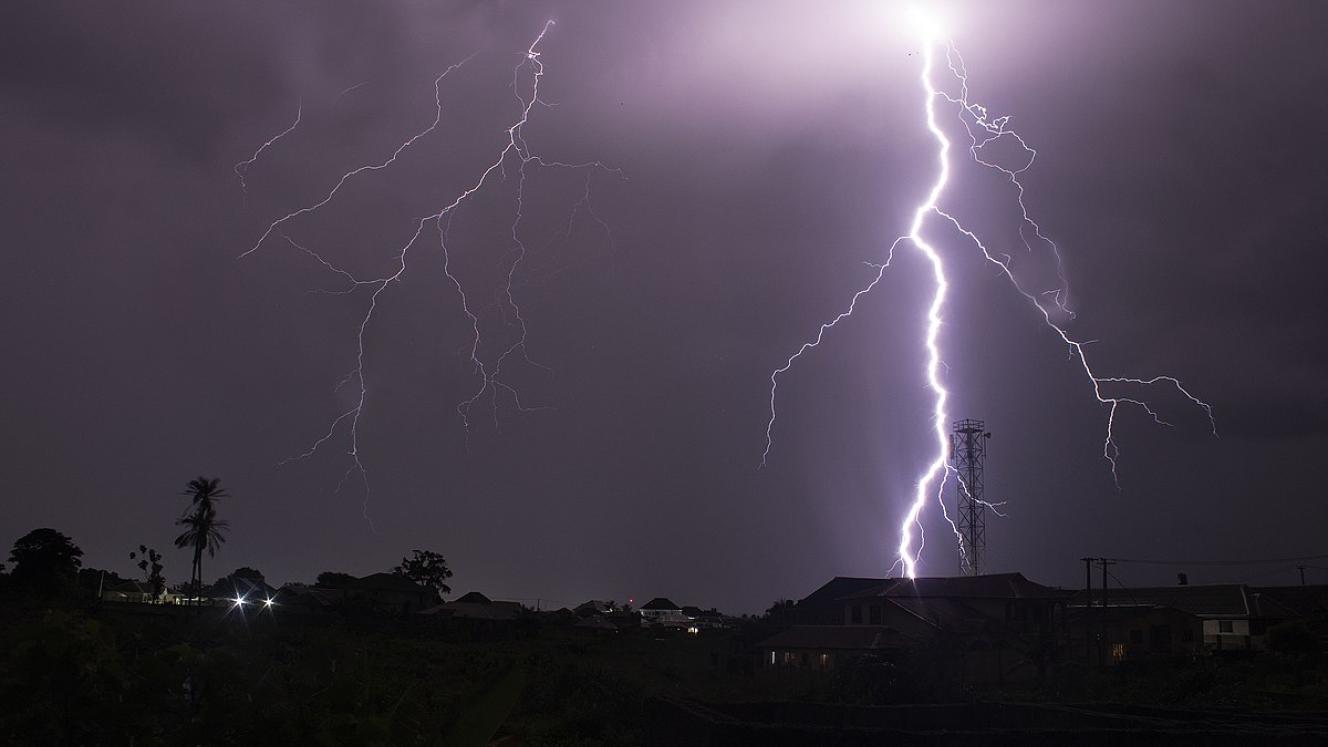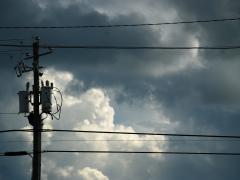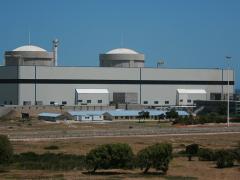Repeated lightning flashovers on South Africa’s MV distribution networks can cause serious damage to conductors and pole-top hardware – and in some cases lead to conductor burn-off or breakage. Eskom engineers, working with the University of the Witwatersrand, have developed and laboratory tested a device designed to prevent such failures by deliberately controlling where a flashover occurs.
Designing for controlled flashover
The study, presented at the 12th CIGRE Southern Africa Regional Conference in October, describes the design and testing of an arc diverter that mounts on the phase conductor of an overhead line in conjunction with the tie that attaches the conductor to a post insulator.
According to co-author Andreas Beutel of Eskom, the device provides an intentional arc attachment point so that lightning-induced flashovers occur at a location engineered to withstand repeated short circuits – protecting the conductor and the insulator hardware.
“Damage to conductors and ties is mainly caused by the power frequency fault current following lightning flashover rather than by the lightning current itself,” Beutel explains. “The arc diverter concept allows this energy to be managed safely and repeatedly.”
The diverter consists of a short length of standard conductor connected to the phase using two conventional clamps with a crimped tip that forms a robust arc terminal. By using standard components, the design can be implemented without specialised fittings.
Laboratory validation
High-voltage impulse testing was performed at Stellenbosch University’s laboratory in accordance with IEC 60060-1 and IEC 60052 standards.
Tests evaluated flashover voltage, arc attachment behaviour and time to breakdown under dry and wet conditions using capped and uncapped porcelain post insulators.
Results showed that the diverter should not exceed 20% of the insulator’s dry arcing distance to maintain insulation strength. For the 22 kV design tested, an optimum diverter length of 50 mm and spacing of 25 mm from the insulator achieved a balance between reliable arc initiation and acceptable basic insulation level (around 200 kV).
Using capped insulators ensured predictable arc attachment points under negative polarity impulses – the most common lightning type – and kept arcs away from porcelain surfaces. Under these conditions, the flashover consistently occurred at the intended metal tip rather than at random points on the tie or hardware.
Field trial results
Eskom installed 18 arc diverter units on a live 22 kV network where previous lightning-related failures were recorded. Each of six intermediate structures was fitted with diverters on all three phases.
Initial inspection results are encouraging: no evidence of unwanted flashovers or damage has been found and all mechanical fittings remain intact.
The utility plans to monitor the installations through correlation with data from its lightning location system to quantify performance during upcoming storm seasons.













